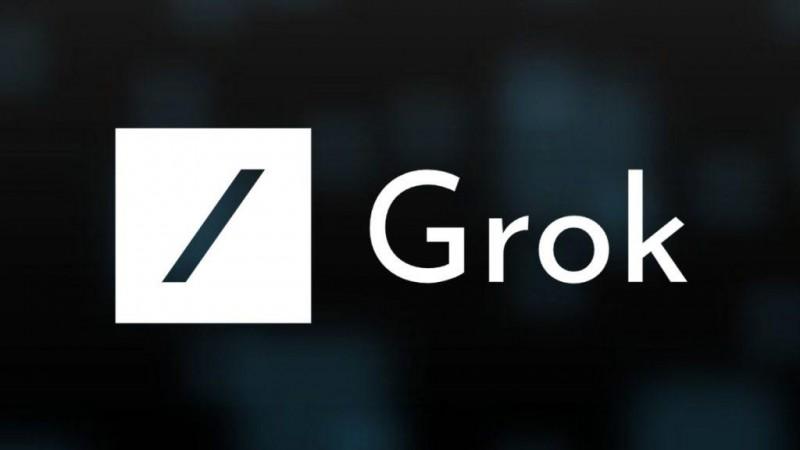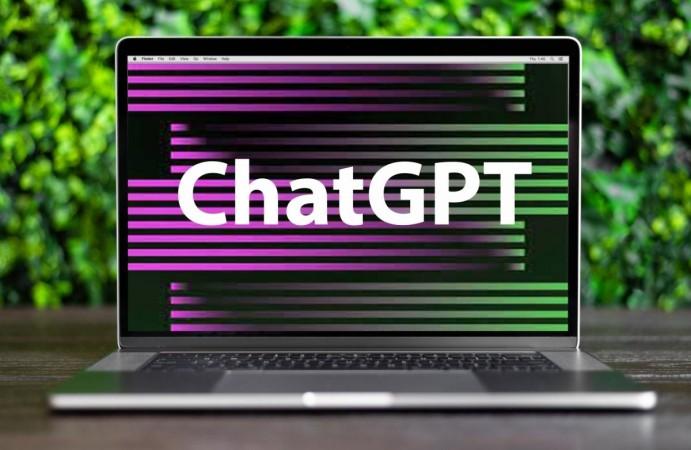
The simultaneous emergence of OpenAI's GPT-5 and xAI's Grok 4 in 2025 is more than a technological milestone. It is a civilizational inflection point. These models are not just smarter chatbots or better search engines; they are the first true platforms of machine cognition, capable of shaping economies, societies, and geopolitics at planetary scale. Their arrival compels us to confront urgent questions of sovereignty, security, equity, ethics, and the very future of human agency.
Technical Divergence: Capabilities and Philosophies
GPT-5 and Grok 4 represent two distinct visions of artificial intelligence. GPT-5, with its context window exceeding one million tokens, can process entire legal codes, medical records, or books in a single pass. Its chain-of-thought reasoning, persistent memory, and seamless integration of text, images, audio, and code allow it to serve as a polymathic assistant, researcher, and advisor. Its design prioritizes safety, interpretability, and enterprise-grade alignment, making it suitable for high-stakes applications in law, medicine, and governance.
Grok 4, on the other hand, is engineered for agility and real-time interaction. With a 130,000-token context window and native integration with the X platform, it excels in coding, rapid deployment, and live data ingestion. Its top-tier performance on coding benchmarks and real-time web search capabilities make it a favorite among developers and operational teams. However, its rapid-release philosophy and relatively less conservative alignment present both opportunities for innovation and risks of misuse.
While GPT-5's multimodal prowess is setting new standards, Grok 4's ongoing rollout of image and vision capabilities signals a future where all leading models will be truly multimodal. Yet, even as these models expand their technical frontiers, their architectures reflect deeper philosophical divides: GPT-5's deliberative depth versus Grok 4's interactive agility.
Global Model Ecosystem and Competitive Landscape
The AI landscape is no longer a U.S. duopoly. Anthropic's Claude 4, with its 200,000-token context window and strong reasoning abilities, is widely adopted in research and enterprise. Meta's Llama 4, open-source and optimized for regional languages like Hindi and Bengali, is democratizing access and enabling innovation in the Global South. Google's Gemini 3, though trailing in reasoning, excels in search and integration with the Google ecosystem. DeepSeek R1, also open-source and cost-effective, is rapidly gaining ground in emerging markets.
China's WuDao and Europe's Aleph Alpha are advancing indigenous models, while India's sovereign AI efforts are accelerating, though still nascent. The global AI race is now a contest of compute, data, talent, and regulatory foresight, with each region seeking to balance openness, security, and strategic autonomy.
Strategic, Economic, and Security Imperatives
The deployment of GPT-5 and Grok 4 has direct implications for national security, economic competitiveness, and societal resilience. In defense, GPT-5's ability to simulate multi-domain operations, synthesize intelligence, and support adaptive doctrine development is transformative. Grok 4's strengths in real-time cyber defense, rapid code deployment, and information operations are equally critical, especially in asymmetric and contested environments.
However, the strategic dependence on U.S.-centric models and Western compute supply chains exposes nations to vulnerabilities in decision-making autonomy, infrastructure security, and economic sovereignty. The concentration of AI capability in a handful of tech giants raises antitrust concerns and risks exacerbating global inequalities.
Economically, AI-driven automation is poised to disrupt labor markets at unprecedented scale. McKinsey's 2025 report estimates that up to 30% of knowledge work in sectors like finance, law, and software could be automated by 2030. While open-source models like Llama 4 and DeepSeek R1 are lowering barriers to entry, access remains uneven, particularly in regions with limited digital infrastructure.
Socio-Cultural, Linguistic, and Psychological Dimensions
A critical shortcoming of most frontier models is their limited support for regional languages and cultural contexts. While Llama 4 and DeepSeek R1 are making strides in Hindi, Bengali, and African languages, GPT-5 and Grok 4 remain predominantly English-centric. This linguistic gap risks marginalizing vast populations and perpetuating digital inequality.

Culturally, these models are trained on predominantly Western data, which can lead to misalignment with local norms, legal frameworks, and ethical values. The challenge of encoding local customs and ensuring fairness across diverse societies is profound and unresolved.
On the psychological front, the integration of hyper-personalized AI into daily life brings both promise and peril. AI companions can reduce loneliness and support mental health, but may also erode real-world social skills, foster dependency, and amplify manipulation through hyper-targeted content. The risk of "automation bias" where humans defer to AI over their own judgment threatens to undermine critical thinking and personal agency.
Security, Adversarial Risks, and Environmental Sustainability
The security landscape is rapidly evolving. Both GPT-5 and Grok 4 have been subject to adversarial attacks, including prompt injection and data poisoning. Their dual-use nature means they can be repurposed for surveillance, misinformation, autonomous weapons, or cyberattacks. While Claude 4's "constitutional AI" offers some mitigation, no model is immune to exploitation.
The environmental cost of large-scale AI is staggering. Training GPT-5 is estimated to consume as much energy as a small city for a year around 500 gigawatt-hours. Grok 4's deployment on the Colossus supercomputer, utilizing over 200,000 GPUs, further underscores the sustainability challenge. While Meta and Google are piloting energy-efficient chips and carbon offset programs, the industry's overall footprint continues to grow.
Privacy, Data Governance, and Open Science
User privacy is a growing concern. The persistent memory and personalization features that make these models powerful also create risks of surveillance and data misuse. User queries and outputs may be stored and used for model retraining, often without explicit consent. The tension between personalization and privacy is acute, especially as AI becomes central to sensitive domains like healthcare and law.
Transparency and explainability remain elusive. GPT-5 and Grok 4 are largely "black boxes," complicating regulatory oversight and public trust. Open-source models like Llama 4 and DeepSeek R1 enable community auditing and reproducibility, but the leading commercial models remain closed, limiting independent scrutiny.
International Governance and Regulatory Evolution
Regulatory frameworks are scrambling to keep pace. The EU AI Act (2025) sets global standards for safety, transparency, and accountability. India's Digital India Act (2024 draft) emphasizes data sovereignty and citizen rights. U.S. executive orders focus on AI safety, red-teaming, and critical infrastructure protection. Yet, harmonization remains a challenge, and cross-border data sharing, interoperability, and redressal mechanisms are still in early stages.
International cooperation is essential. Early-stage discussions at the UN and G20 seek to establish AI treaties and global standards, but consensus is elusive. The Global South faces unique challenges, limited compute, language support, and regulatory capacity, but also opportunities to leapfrog legacy systems and shape inclusive AI futures.
Superalignment, Existential Risks, and Future Trajectories
The long-term alignment of AI with human values "superalignment" is a central, unresolved challenge. OpenAI's Superalignment team and Anthropic's research are pioneering efforts, but the risk of runaway AI or misaligned objectives remains a subject of intense debate. Some experts warn of existential threats; others argue that immediate harms like bias, misinformation, and inequality are more pressing.
Real-World Case Studies
Grok 4 has been piloted for real-time crisis mapping during Southeast Asian floods, integrating live sensor and social media data to support disaster response. GPT-5 is being trialed by legal firms in the EU for automated contract review and regulatory compliance, demonstrating its utility in high-stakes, knowledge-intensive domains. Claude 4 and DeepSeek R1 are powering multilingual tutoring platforms in Africa and India, bridging gaps in teacher availability and educational access.
Recommendations and Imperatives for Leadership
For India and other democracies, several imperatives are clear:
Invest in Sovereign AI Stacks: Develop indigenous models, compute infrastructure, and culturally relevant datasets to reduce dependence and enhance resilience.
Build AI-Proficient Leadership: Create institutional capacity across government, defense, industry, and civil society, with interdisciplinary training that combines technical, ethical, and domain expertise.
Contextualize Deployment: Develop multilingual, locally adapted AI systems for Bharat and the Global South, ensuring inclusion and fairness.
Prioritize Inclusive Access: Support open-source, low-cost models and infrastructure to bridge digital divides and democratize AI benefits.
Mandate Regulatory Foresight: Establish clear, adaptive frameworks for safety, transparency, and accountability, drawing on global best practices.
Champion Environmental Stewardship: Require green AI practices, energy audits, and carbon offsets for large-scale deployments.
Promote Human-Centric Design: Advance explainable AI, participatory oversight, and continuous public engagement to ensure technology serves society's highest aspirations.
Orchestrating the Future of Intelligence
GPT-5, Grok 4, and their global peers are not endpoints. They are the foundation of a new cognitive infrastructure. Their interplay will define the architecture of intelligence, the contours of human-machine collaboration, and the future of leadership and governance. The challenge is not to choose between models, but to orchestrate their strengths, mitigate their risks, and ensure that intelligence machine and human serves the flourishing of civilization.
The next frontier is not capability, but direction, inclusion, and wisdom — Major General Dr Dilawar Singh
[Major General Dr. Dilawar Singh, IAV, is a multi-decorated strategist, academic, and board advisor. He works at the intersection of national security, governance, education, and emerging technologies.]

















